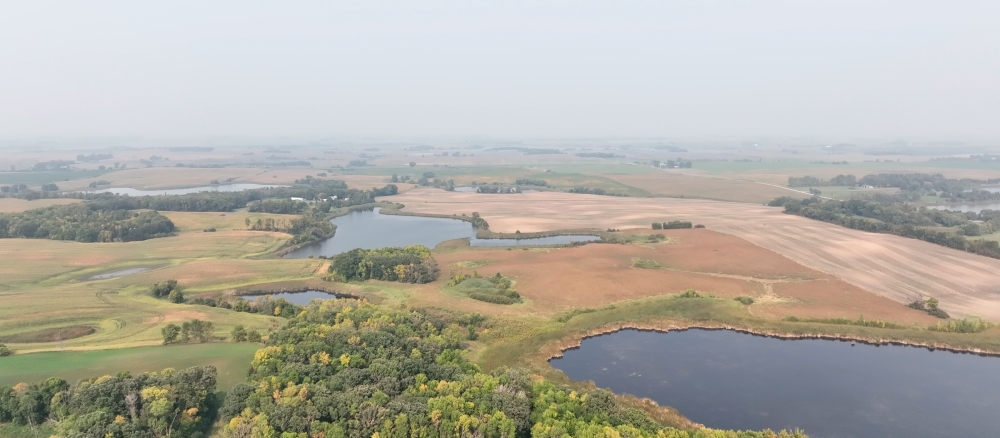Minnesota continues to reduce industrial and transportation air pollutants that have the highest potential health risks, according to the 2025 edition of “The Air We Breathe,” a comprehensive legislative report on the state’s current air quality.
However, increased wildfire smoke and ozone have led to more air quality alerts, and the frequency of unhealthy air days has risen over the past five years. In 2018, the state issued seven alerts within the orange AQI category (unhealthy for sensitive groups), whereas in 2023, the state issued 37 alerts in the orange category and 12 in the red (unhealthy for everyone). Experts predict this trend will continue.
“Investment in clean air for all Minnesotans is a top priority for the MPCA and Governor Walz,” said MPCA Commissioner Katrina Kessler. “Air pollution is a complex problem because so many factors contribute to it, but we’re making steady progress reducing the pollutants that affect human health the most. Today's air is safer than it was 30 years ago when ‘The Air We Breathe’ was first issued. This report is a reflection of that progress, as well as a roadmap for our future.”
The top contributors to air pollution in Minnesota continue to come from neighborhood sources such as residential wood burning for heat and recreation; transportation; and industrial facilities. Reducing pollution from these sources is essential to improving health and addressing climate impacts.
While the state remains in compliance with federal air quality standards, the report also underscores the urgent need for further action to protect public health and address disparities in environmental justice communities. People who identify as Indigenous, Black, low-income, or as a person of color are disproportionately affected by air pollution in Minnesota. Decades-old permitting and zoning decisions by local, state, and federal governments have resulted in industrial and manufacturing facilities located near homes, schools, and parks. The report underscores rulemaking efforts and tools the agency is implementing to prioritize environmental justice.
The MPCA continues to make air quality improvements. Significant accomplishments include:
- Allocating $23.5 million in Volkswagen and Diesel Emissions Reduction Act (DERA) funds to replace 275 diesel vehicles and install 150 electric vehicle charging stations. Nearly half of these funds were invested in environmental justice areas.
- Partnering with Tribal Nations to build woodsheds that support clean and culturally important wood-burning practices.
- Prioritizing updated permits and inspections for facilities in environmental justice areas to ensure compliance with current standards.
- Developing new rules, primarily in the Twin Cities metropolitan area, to incorporate cumulative impacts into permitting, require air toxics reporting and regulation, and address odors.
While Minnesota meets federal air quality standards, increasingly tight regulations demand further reductions in ozone and fine particles (PM2.5). Additionally, the MPCA does not expect the state to meet its statewide mercury reduction goal. The U.S. Environmental Protection Agency’s revised national standards for taconite iron ore processing will create a moderate reduction in mercury emissions, but it will not be enough to reach the goal. To do so, there will need to be reductions from mercury in products and greater reductions from the taconite mining sector.
For the full report and additional resources, visit the Air We Breathe web page.
